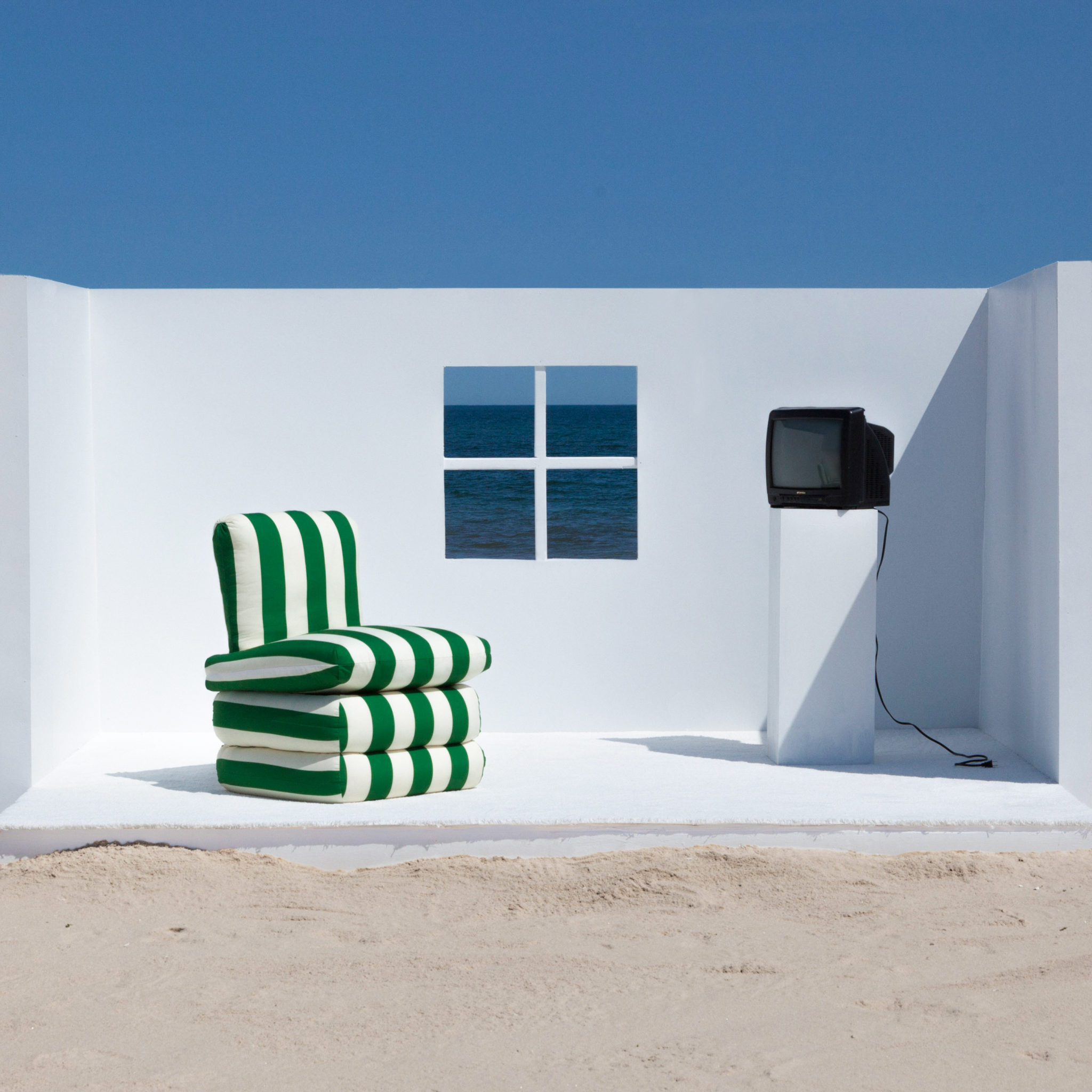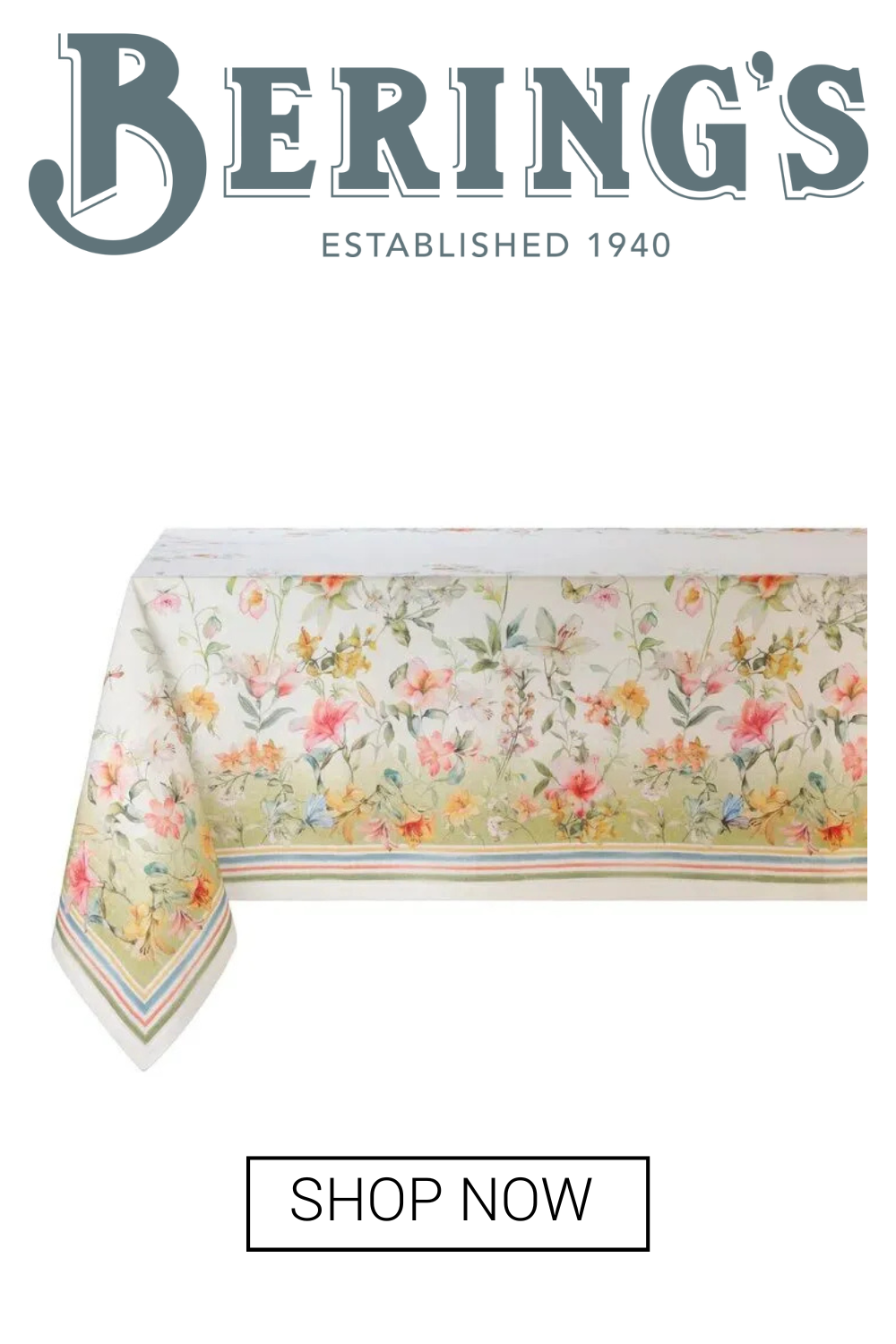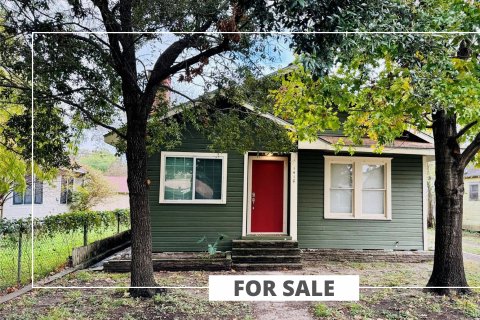Fort Worth Proud Designer Turns Historic Buildings Into Special Hotels
The Man Behind Hotel Peter & Paul, The Siren, The Dean and More
BY Rebecca Sherman // 11.29.19Ash NYC Chief Creative Officer and partner, Will Cooper.
Fort Worth native Will Cooper is the creative force behind ASH NYC, the young Manhattan design firm that designs, develops, owns and operates hotels in historic and creative centers around the country. ASH is responsible for such exciting new hotels as Hotel Peter & Paul in New Orleans, which opened last fall to much fanfare inside a sprawling 19th century church.
Cooper, 32, joined ASH founding partners Ari S. Heckman and Jonathan Minkoff in 2011 as the company’s chief creative officer and partner, and is bent on redefining the role of hotelier with a unique, holistic approach.
“We often say we are buying a blank canvas on which we can create exactly what we want,” Cooper says. “Controlling a project start to finish is integral to the success. We are such freaks about every detail, down to the pillow your head lies on, to the linens, the custom-scented soaps, the lighting temperature, the soundtrack, the uniforms. I could go on and on.”
In the past eight years, the designer has put his authentic, site-specific creative spin on hot spots such as The Dean, an art-filled hotel in Providence, Rhode Island’s Downcity historic district, and The Siren Hotel, housed in Detroit’s iconic 1926 Wurlitzer Building.
“The story of each building very much plays into the design, as does the city in which we are inhabiting,” he says. “The history is what we try to harness — the amount of research that goes into every part is vast.”
A passion for exploring the uniqueness of places is in Cooper’s DNA. Fort Worth, his hometown, is an incubator for the arts, he notes, with the Kimbell Art Museum and the Modern Art Museum of Fort Worth influencing and supporting the infrastructure for a creative community. He grew up in Ridglea Country Club Estates, attended the progressive Trinity Valley School, and was nurtured by parents who indulged his creativity with piano and theater lessons.
“For my 10th birthday, my parents took me to New York,” he says. “We stayed at The Plaza — pre-renovation, which was much more appealing — and from that moment, I told them I was moving to NYC as soon as I finished college.”
A degree in communications and public relations from Southern Methodist University landed him at Polo Ralph Lauren in NYC as product presentation manager, where he fine tuned his brand-building skills and helped open its first Rugby store in Dallas’ Highland Park Village.
“My most valued takeaways from those days are the relationships between creative and business,” he says. “I ultimately took the show on the road: building what we have now at ASH NYC.”

The 11-year-old company, which moved offices from Brooklyn to SoHo this summer, has expanded beyond hotels into designing private homes, along with mixed-use developments in many of the same cities where it has hotels. These developments often preserve buildings and enhance neighborhoods.
Take Glassworks, for one, which combines new construction with the rehabilitation of an existing factory space in Brooklyn’s gentrifying Bushwick neighborhood. For the project, they teamed with Martin Lomazow, whose family owned and operated a bag and box factory on the site.
What’s next for Cooper? He’s busy designing the company’s newest addition to the hotel portfolio, located in the historic Latrobe Building, a former 1911 apartment house in Baltimore’s Mount Vernon area. And we must ask: Is Fort Worth on the ASH radar for a hotel?
Cooper laughs, then says: “Trust me, I’ve been looking for years. When the right space comes along, we’ll be there. It’s Fort Worth or bust!”
Home again.
I go back once a year to Fort Worth to see family. I always try to make a trip to Joe T. Garcia’s — there’s no proper Tex-Mex in NYC.
Site specific.
Everything we put in our spaces is custom-designed by our teams, or vintage and antique pieces — items with soul and character that make a space feel as organic and natural as possible. For Hôtel Peter & Paul, we sent nearly 800 antiques back from buying trips in Italy, France, Belgium. We buy unique pieces of art for every room, and Ari [Heckman] and I place them.
Recent treasures.
I was at the Grand Bazaar last week in Istanbul, working with an incredible textile dealer, and found these 17th-, 18th-, and 19th-century textiles that I’ll be using in our upcoming hotel in Baltimore. We are also wrapping up several private homes in NYC and have been sourcing amazing pieces from France and Italy.
Diplomatic credentials.
The Dean hotel in Providence [a former strip club] was a gem that needed polishing. It’s the same story with all the projects we tackle. The area of Downcity in Providence was avoided by pedestrians for years. Ari grew up in Providence and knew it was an area that could use new life.
This was the first project we took on where we bought the real estate, then made the wild-hair decision to make it a hotel. There’s a lot of politics involved in each neighborhood. We strive to be ambassadors for the city where we’re opening a hotel, and it’s important to represent the cultural heritage. As much as it’s a business, it’s also a beacon of culture.
Design destiny.
My first entree into the world of design was through my aunt, Yvonne, in Washington state. She was always importing containers of antiques from England to her shop. She helped my parents with our house, and I remember paying attention to that. I constantly rearranged my room as a kid. My formal training came at Ralph Lauren, where I worked with store teams on displays and with creative and design teams. I harness that experience every day in our company.
Inspiration.
For The Siren Hotel, we discovered a newspaper article from 1926 when the building opened as the Wurlitzer Building, and it shows many details of the interiors. From that, we were able to make our own interpretations for the lobby.
For example, the walls were green, as we have them now. And we bought some major 18th- and 19th-century antiques — mirrors, bookcases, chairs — that give importance to the space, and are some of my favorite pieces.




















_md.jpg)





_md.jpg)











_md.jpg)








_md.jpg)










_md.jpg)
_md.jpg)










_md.jpg)




_md.jpg)









